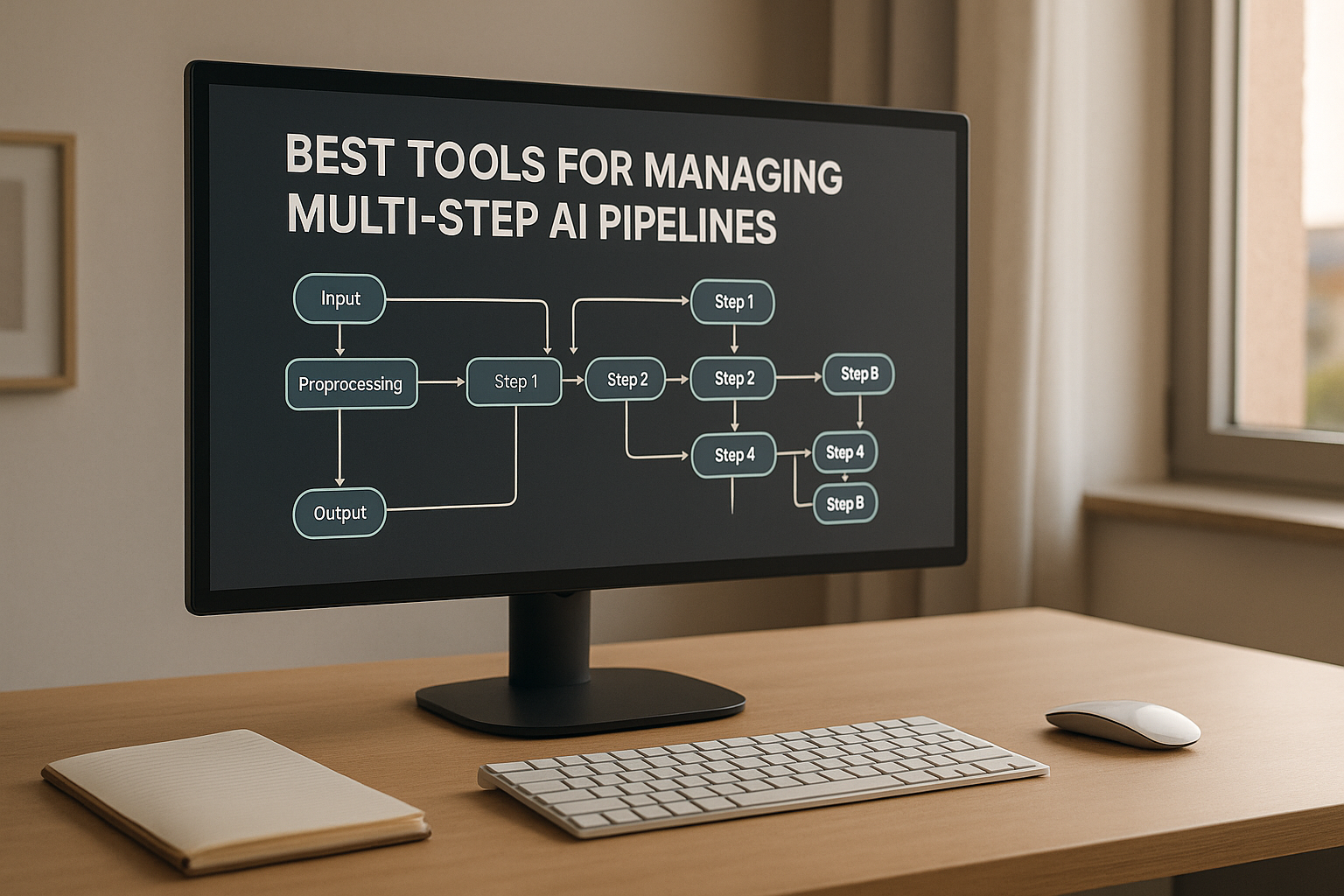
Creating multi-step AI pipelines can be a complex process involving multiple models, data transformations, and workflow steps. This article evaluates the top tools that simplify and centralize pipeline management, helping teams improve efficiency, reduce costs, and maintain security. Key highlights include:
| Tool | Key Features | Strengths | Use Case |
|---|---|---|---|
| Prompts.ai | Workflow visualization, model switching, cost tracking | Simplifies orchestration, cuts costs by up to 98% | Enterprise AI workflows |
| Azure Prompt Flow | DAG-based workflows, node flexibility | Cloud-native, seamless Azure integration | Scalable, multi-model pipelines |
| Humanloop | Session-based routing, hierarchical logging | Smooth I/O transitions, consistent IDs | Linking AI steps in real-time |
| dbt Labs | Data transformation, SQL automation | Prepares clean data for AI | Data-heavy workflows |
| Promptly-HQ | Workflow visualization, result chaining | Limited verified details | General AI pipeline management |
For enterprises managing AI workflows at scale, Prompts.ai offers unmatched cost savings and flexibility. Smaller teams or niche use cases may find other tools more suitable. Start with a pilot project to determine the best fit for your needs.

When it comes to tackling the challenges of managing complex AI workflows, prompts.ai stands out as a powerful solution designed to streamline and simplify the process.
Prompts.ai serves as an enterprise AI orchestration platform, seamlessly integrating over 35 large language models - including GPT-4, Claude, LLaMA, and Gemini - within a secure and unified interface. The platform is all about enabling structured execution of AI tasks, allowing developers to connect models, run sequential prompts, and oversee the entire pipeline with ease.
Prompts.ai transforms complex workflows into clear, interactive flowcharts through its visual interface. Each step in the process is represented as a node, with clear indicators showing how data moves from one step to the next.
For technical teams, this feature is a game-changer. Instead of grappling with abstract configurations, they can visualize their entire pipeline at a glance. This makes it easier to spot bottlenecks and fine-tune performance. The drag-and-drop functionality also simplifies prototyping, letting users tweak pipeline steps without diving into heavy coding or manual setups.
Flexibility is at the heart of prompts.ai, especially with its model-switching capabilities. Users can assign different models or agents to specific steps in a pipeline, enabling sophisticated multi-model orchestration. For instance, a pipeline could begin with a text classification model, transition to a summarization model, and conclude with a response generation model. This can even be achieved using conditional logic or input-based triggers.
A practical example? A customer support automation pipeline might start by classifying incoming queries, move on to summarizing the issue, and wrap up with generating a response. Each step is not only customizable but also easy to track.
The platform’s result chaining feature ensures that outputs from one step flow seamlessly into the next, whether in linear or branching workflows. Prompts.ai offers robust tools for mapping, transforming, and routing data between steps, making sure that outputs are properly formatted and delivered to the right model or agent.
It supports widely used data formats like JSON, CSV, and plain text, along with connectors for popular data sources and APIs. Users can even configure custom data transformations and mappings, ensuring smooth integration with existing systems.
One of the standout features of prompts.ai is its ability to track costs and performance in detail. By monitoring token usage, latency, and other metrics at every step, teams can optimize resource allocation and manage expenses effectively.
This is particularly vital for scaling AI workflows in production. The platform’s FinOps layer ties every token to business outcomes, helping organizations achieve significant savings. In fact, some teams have reported AI cost reductions of up to 98%.
Prompts.ai also prioritizes secure collaboration and governance. It includes shared workspaces, version control, and role-based access controls to ensure compliance and transparency throughout the workflow lifecycle.
These tools are invaluable for teams handling sensitive or regulated data. The platform’s enterprise-grade security ensures that data remains protected as it moves between AI tools, with consistent access controls maintained across the system.
For example, a US fintech company used prompts.ai to automate document processing and compliance tasks. By chaining together OCR, entity extraction, and risk assessment models, they reduced manual review time by 60% while significantly improving accuracy.
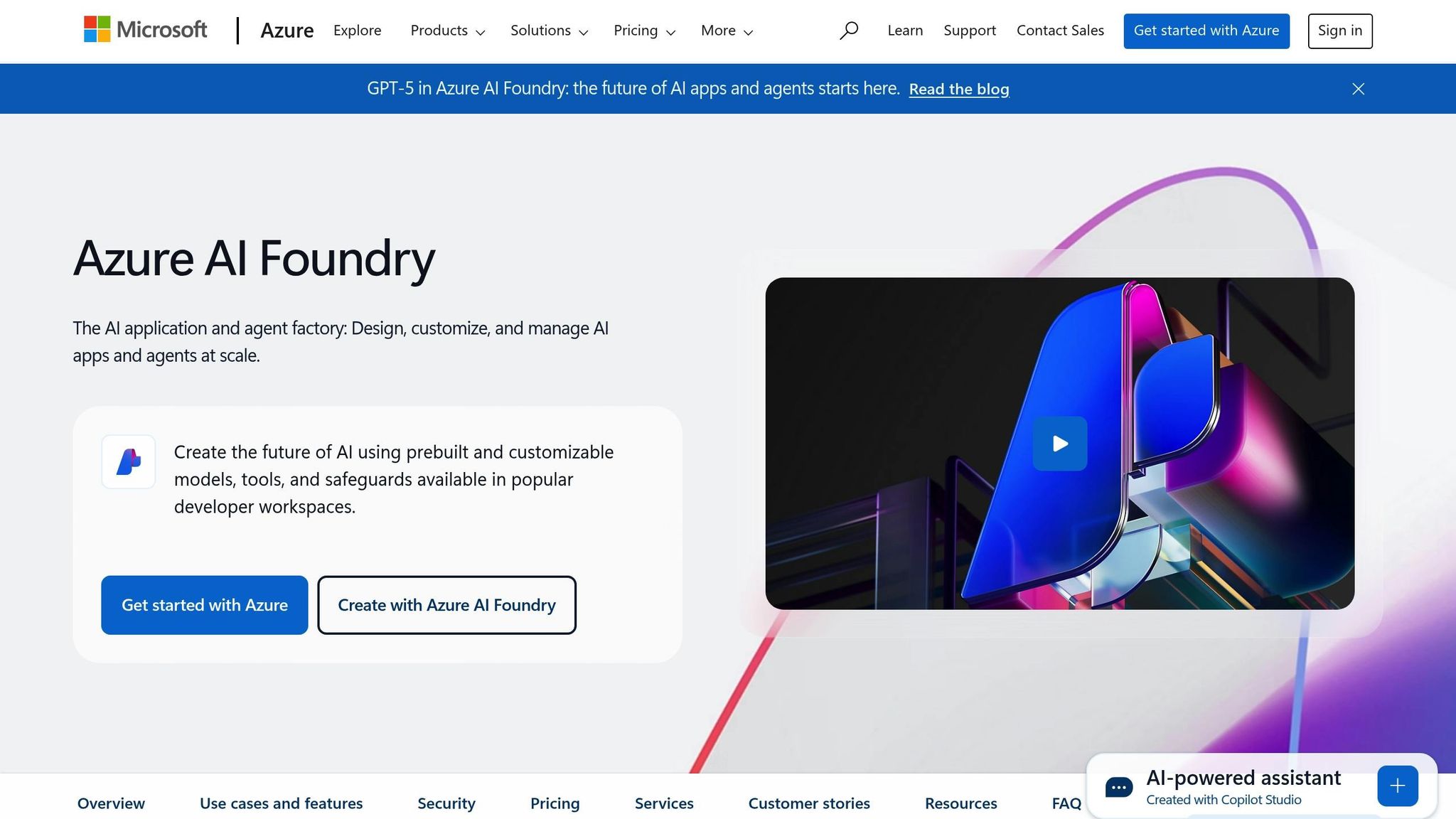
Azure AI Foundry Prompt Flow tackles the common challenges of integration and visibility in modern AI pipelines. Built with a cloud-native design, it provides enterprise-level tools to manage multi-step AI workflows. By combining large language models (LLMs), custom prompts, and Python tools, this platform offers a structured and scalable approach to handling complex AI operations.
Azure AI Foundry Prompt Flow simplifies intricate workflows by representing them as Directed Acyclic Graphs (DAGs). These visualizations display the flow of data through an interactive flowchart. Each node in the graph represents a specific tool - be it an LLM, a prompt tool, or a Python tool - while the connections illustrate how data moves through the system.
This visual interface is more than just a diagram. It allows users to inspect individual nodes, revealing dependencies and data flow. This feature helps technical teams manage complex pipelines more effectively. Instead of deciphering workflow logic from code or configuration files, developers can quickly identify bottlenecks and fine-tune performance. The clear layout also supports flexible model assignments in subsequent steps of the pipeline.
The platform’s node-based architecture makes model switching straightforward. Each node can be configured to use a different AI model or tool, depending on the specific needs of that pipeline step. This enables the creation of multi-model workflows, where each stage leverages the most suitable AI capabilities.
Nodes act as the core components of the workflow, managing specific tasks with well-defined inputs and outputs. They also handle automatic routing of data to subsequent nodes, ensuring smooth transitions between steps.
Data routing between pipeline steps is streamlined with structured node connectivity. By referencing a node's output as input for another, the platform automatically establishes the necessary dependency chain. This ensures seamless data flow throughout the workflow. Users can design and customize their AI logic to align with specific business needs, making it easier to optimize applications.
Azure AI Foundry Prompt Flow includes a Trace view feature that provides detailed insights into each workflow run. This debugging tool presents a comprehensive graph that highlights execution times, token costs, and the inputs and outputs for every node.
With this level of detail, teams can pinpoint where time and resources are being used. This data-driven approach allows for smarter cost management and performance improvements across AI pipelines.
As part of the Azure ecosystem, Prompt Flow benefits from Microsoft's robust security and compliance framework. It integrates seamlessly with Azure's identity management, access controls, and monitoring tools, ensuring that multi-step workflows adhere to organizational governance standards.
The platform’s interactive authoring tools enhance collaboration by making complex workflows easier to understand and navigate. This fosters teamwork while maintaining the necessary oversight and control.
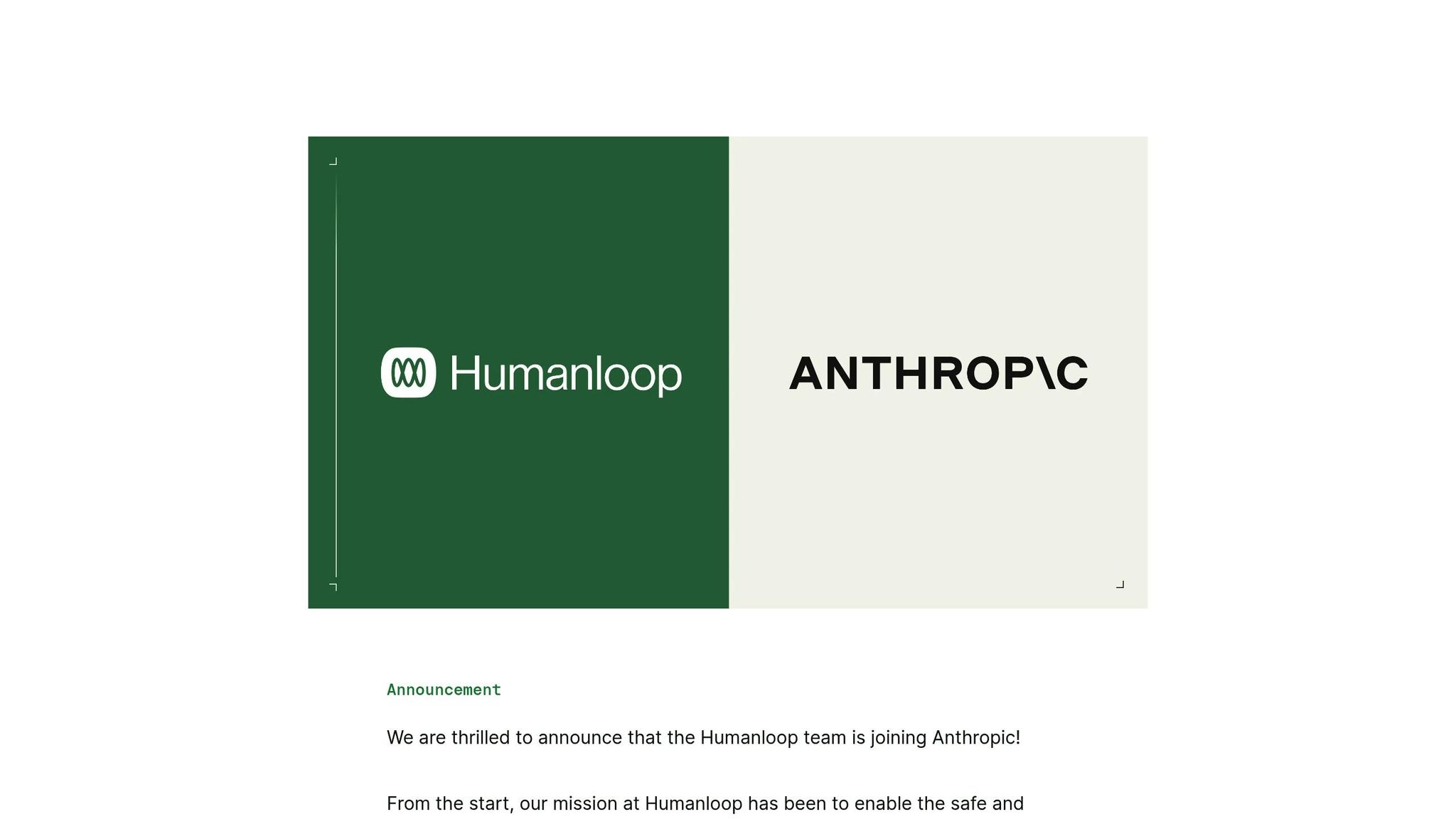
Humanloop uses a session-based approach to link AI model calls and tool executions. This structure allows the output from one step to become the input for the next, creating a smooth flow of operations. It aligns well with the broader pipeline management strategies mentioned earlier.
With Humanloop, tasks are grouped into sessions to enable efficient routing between different steps in a pipeline. Each session uses consistent IDs and hierarchical logging, ensuring data transitions happen smoothly. For instance, an initial moderator LLM can process inputs such as user_request or google_answer and pass them directly to an assistant LLM, which then generates the final output.
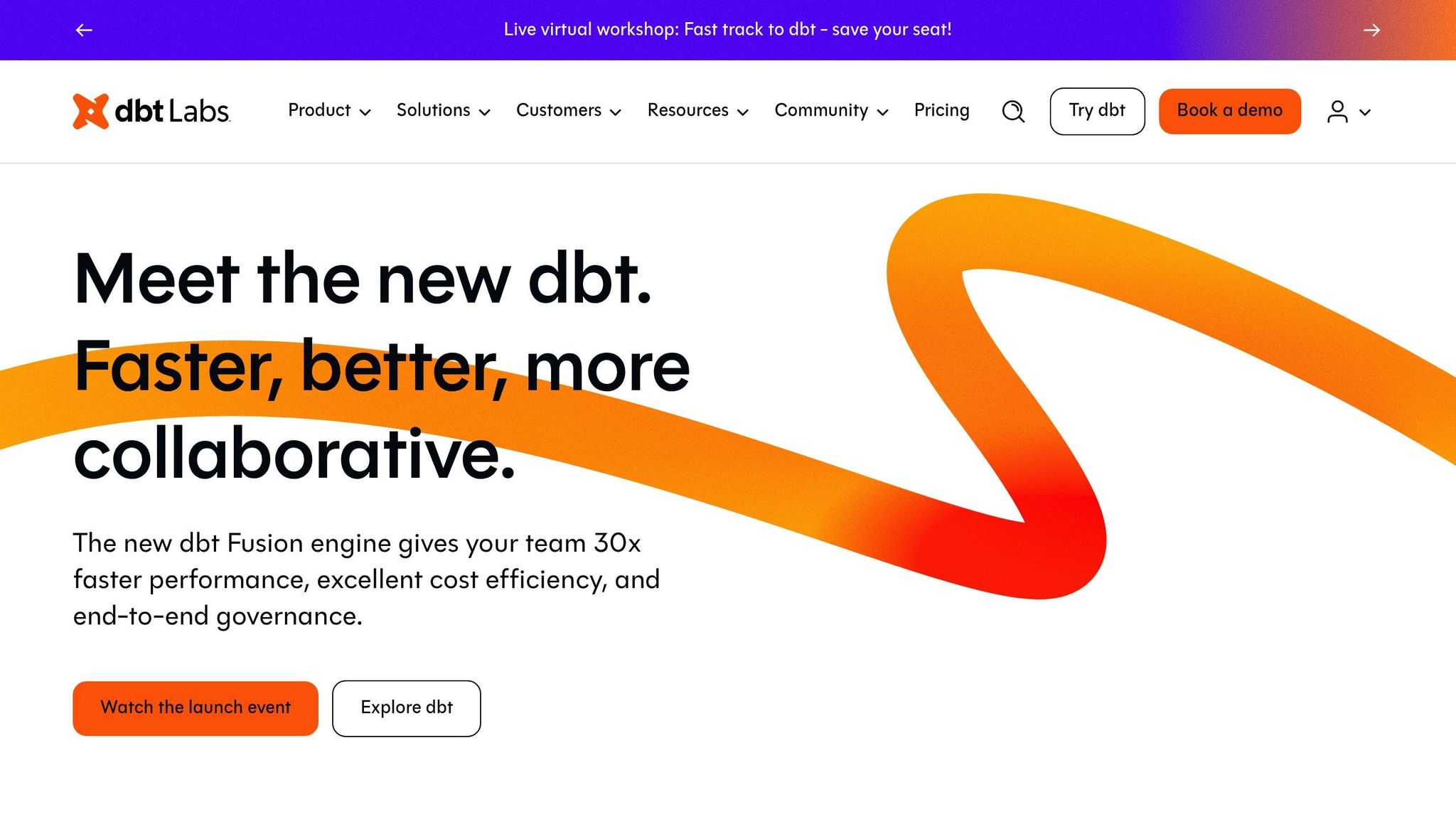
Unlike traditional pipeline tools that mainly focus on orchestrating models, dbt Labs prioritizes the preparation and transformation of data at scale, ensuring it’s ready for AI models. This data-first approach simplifies multi-step workflows by standardizing formats across various sources, tackling one of the biggest challenges in AI pipeline management.
With dbt Labs, complex data transformations are automated using SQL-based models that require minimal coding. These models can be version-controlled and tested, much like software code, ensuring consistency and reliability. The platform’s lineage tracking feature offers full transparency into how data flows through each transformation step, making it easier to debug issues and fine-tune performance in data-intensive workflows.
dbt Labs streamlines the orchestration of data transformations by using modular SQL models that can be linked together. Each step in the transformation process is version-controlled, allowing teams to revert changes when needed and maintain high data quality throughout the pipeline. Automated testing further ensures that data integrity is upheld, preventing flawed inputs from affecting downstream AI models.
The platform also provides automatic documentation for all data transformations, along with detailed logs of execution times and resource usage. This level of detail helps teams pinpoint bottlenecks during the data preparation phase, which is often one of the most time-consuming stages in AI workflows.
For example, a US-based healthcare analytics company leveraged dbt Labs to standardize patient data collected from multiple sources before feeding it into predictive AI models. By automating their data transformations and enforcing consistent quality checks, they cut data preparation time by 75%. This not only sped up their processes but also enhanced model accuracy by ensuring cleaner and more reliable data inputs.
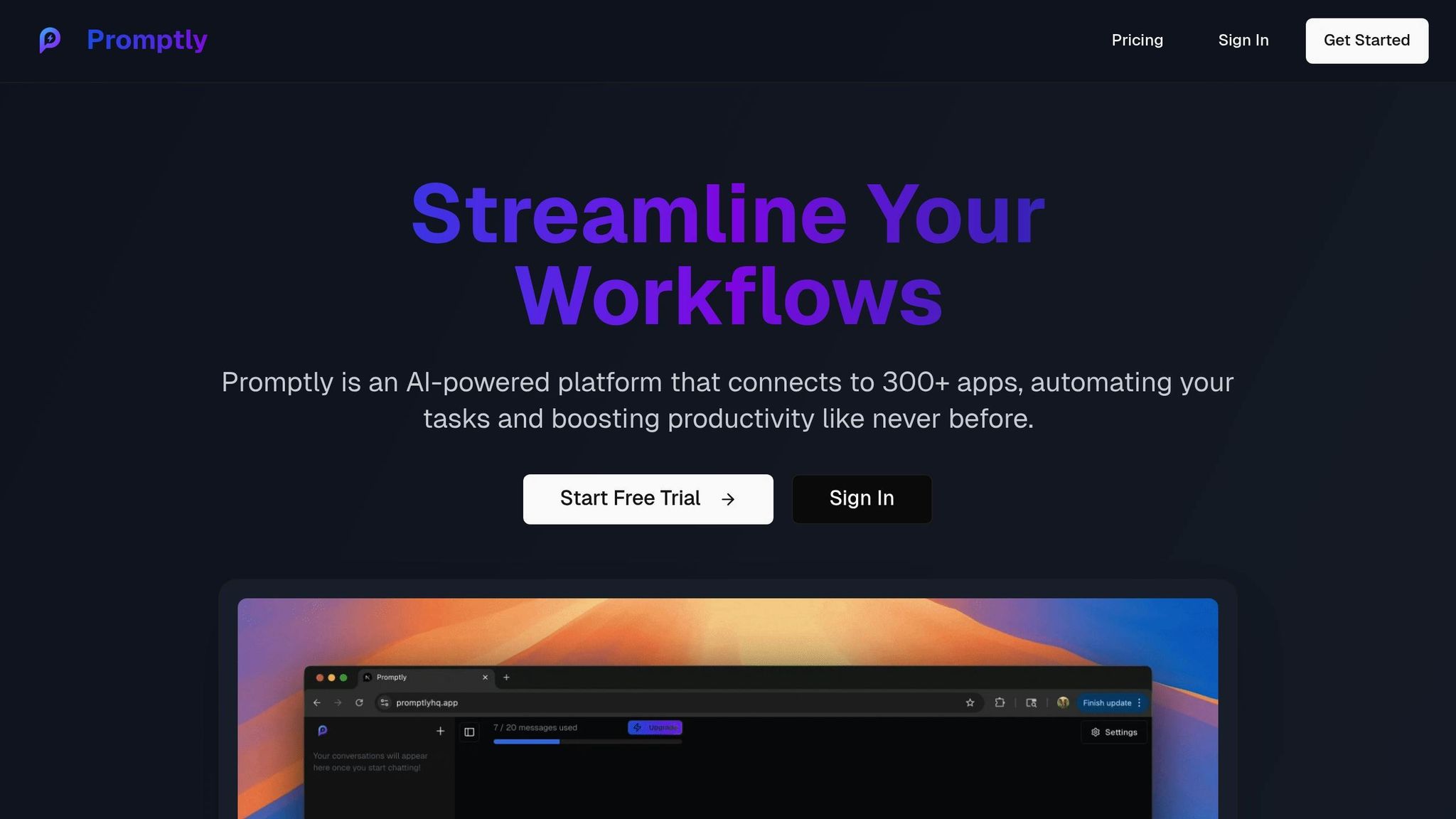
Unlike the in-depth feature breakdowns available for other tools, information on Promptly-HQ's multi-step AI pipeline management remains limited. While features like workflow visualization, dynamic model selection, result chaining, input/output routing, and detailed tracking of costs or performance have been mentioned, their implementation and functionality have not been verified by current sources.
Building on the detailed feature breakdowns, this section highlights the strengths and areas where more information is needed among the tools reviewed.
Prompts.ai shines with its enterprise-level orchestration, real-time token monitoring, and built-in FinOps layer designed to keep costs in check - claims suggest it can cut expenses by up to 98%. Its unified interface, combined with the flexible pay-as-you-go TOKN credit system, simplifies managing workflows across multiple models while ensuring costs align with actual usage.
When compared to other tools, Prompts.ai demonstrates clear strengths. Its integrated approach to managing multi-step AI workflows and comprehensive cost-tracking features set it apart. On the other hand, publicly available data on competing tools provides limited insight into their specific performance metrics and feature implementations, making direct comparisons challenging.
This comparison underscores the strong capabilities of Prompts.ai, offering teams valuable insights as they refine their AI pipeline strategies.
When managing multi-step AI pipelines, it's essential to align your team's needs, skills, and budget with the right tools. Each platform brings its own set of strengths, so the choice should reflect your specific priorities.
Among the options, Prompts.ai emerges as a standout solution for enterprises aiming to unify their AI orchestration. By integrating over 35 leading models into a secure, cohesive interface, it simplifies complex workflows. Its real-time FinOps tracking can help reduce AI costs significantly, while the pay-as-you-go TOKN credit system ensures transparent cost management and eliminates recurring fees.
While other platforms provide features like seamless cloud integration and enhanced collaboration, Prompts.ai shines for enterprise-level workflows. Its unified approach is particularly effective for organizations managing multiple models, large-scale operations, and strict governance requirements. For teams with more specialized needs, alternative tools may better suit niche scenarios.
To make the best choice, consider starting with a pilot project. Test how well the platform handles your specific use cases, such as tracking token usage, switching between models, and chaining results across pipeline steps. The ideal tool should streamline your workflow and make managing AI pipelines more efficient.
Prompts.ai introduces a pay-as-you-go TOKN credit system, designed to ensure you’re only charged for what you actually use. This approach has the potential to slash costs by up to 98% when compared to juggling multiple standalone tools.
With features like real-time cost tracking, dynamic routing, and compatibility with over 35 models, businesses can fine-tune their token usage while simplifying AI workflows. This makes it a smart choice for handling structured AI tasks without breaking the budget.
Prompts.ai streamlines the management of intricate AI workflows, making it especially valuable for enterprise-level operations. By automating multi-step pipelines, it minimizes manual tasks and speeds up the journey from testing to deployment.
Key features such as prompt versioning, trigger-based workflows, and comprehensive pipeline management provide teams with enhanced efficiency, scalability, and control. This makes it a powerful tool for developers and technical teams managing structured AI processes.
Prompts.ai improves workflow adaptability by enabling users to effortlessly transition between various AI models and link their outputs in an organized sequence. Each step in the process flows naturally, with the output from one step automatically feeding into the next.
This methodical setup simplifies tackling complicated tasks by breaking them into smaller, more controllable steps. The result is workflows that are not only more precise and clear but also easier to manage. It's a perfect solution for developers and technical teams managing sophisticated AI pipelines.


